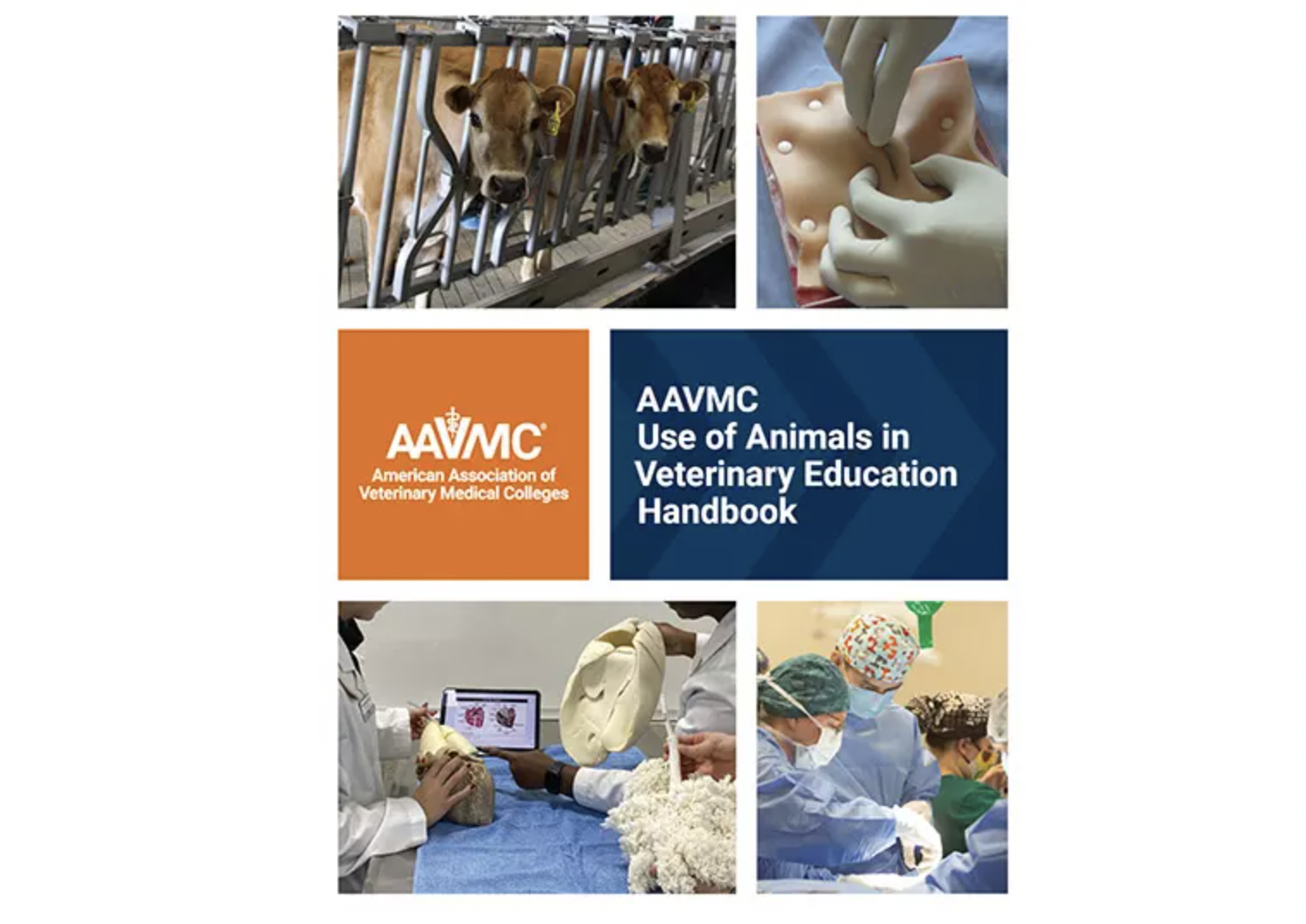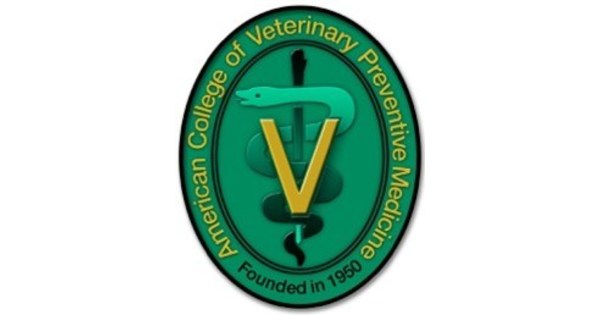Recommendations for Ethical Cadaver Sourcing and Animal Model Utilization in Veterinary Colleges
As veterinary education continues to innovate, the American Association of Veterinary Medical Colleges (AAVMC) has published a new handbook designed to advance ethical practices in the use of animals. This resource aims to help veterinary faculty and staff integrate modern alternatives into their anatomy curricula, such as high-fidelity simulators, 3D printing, dissection software, augmented and virtual reality, and plastinated specimens.
The updated “AAVMC Handbook on the Use of Animals in Education,” created by the AAVMC Task Force for the Use of Animals in Veterinary Education, was released in April. This handbook builds on the “Guidelines for the Use of Animals in Veterinary Education,” published in October 2022, providing detailed recommendations on improving animal use policies, incorporating animal alternatives, and enhancing transparency in reporting. These documents are also applicable to preveterinary and veterinary technology programs.
Key recommendations from the guidelines include:
- Annual reviews of animal use, from sourcing to disposal.
- Identifying and implementing alternatives to animal use.
- Regular reporting to senior veterinary administration.
Recognizing the need for more detailed guidance, the task force elaborated on the guidelines, emphasizing humane and ethical animal use guided by the principles of replacement, reduction, refinement, and respect.
Dr. Julie A. Hunt, chair of the task force and associate dean of clinical sciences at Lincoln Memorial University Richard A. Gillespie College of Veterinary Medicine, highlighted the global applicability of these guidelines, acknowledging regional variations in animal ethics.
The handbook offers specific strategies for:
- Implementing alternatives to cadaveric dissection.
- Ethically sourcing cadavers.
- Using animal models or simulators in teaching clinical skills.
- Reducing reliance on institutionally owned animals for preclinical teaching.
A survey of North American veterinary schools revealed varied practices in the use of live animals for teaching anatomy. Some institutions have entirely eliminated live animal use from anatomy courses due to curriculum changes, high student-to-faculty ratios, and compliance with institutional animal care standards.
Dr. Hunt addressed common misconceptions, emphasizing the importance of ethical cadaver sourcing and the efficacy of models in clinical skills training. The handbook includes a chapter on developing and implementing a willed body program, ensuring cadaver donations are ethically sourced with owner consent.
“The aim is not to eliminate live animal use in veterinary education but to optimize animal ethics in training,” Dr. Hunt explained.
The AVMA also provides policies on the use of animals in research, testing, and education, ensuring a comprehensive ethical framework for veterinary training programs.



